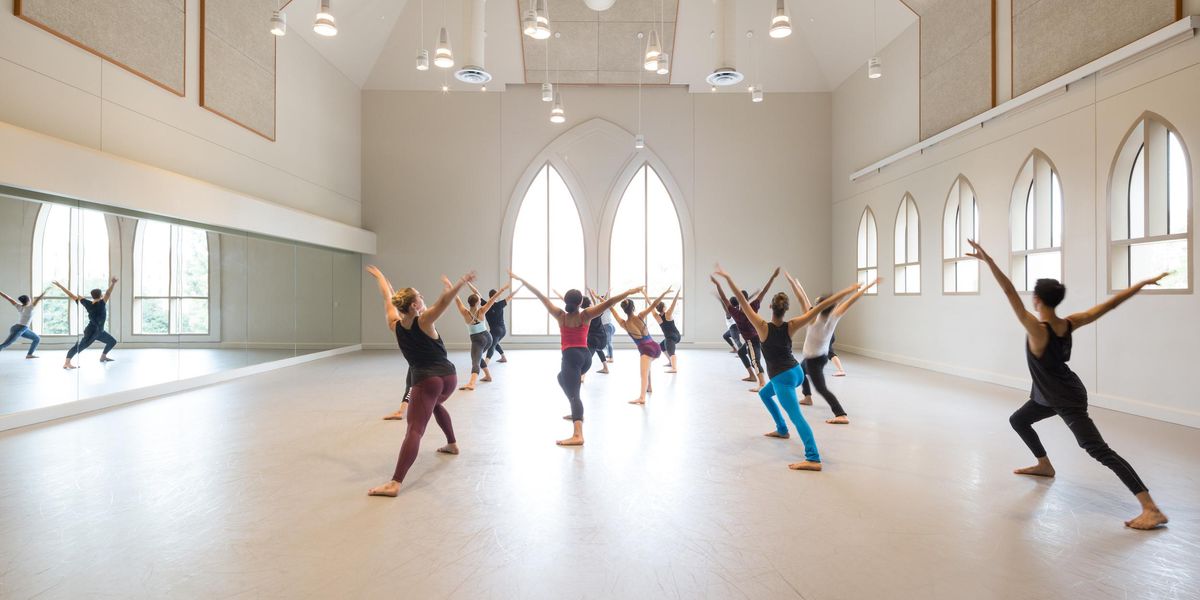Your Body: Great Grains
Boost your energy and immune system with these healthy options.
From bulgur to barley, whole grains are having their moment. Their benefits are touted on blogs, cooking shows, and in trendy food stores. For dancers, whole grains can solve a range of nutrition problems. Filled with fiber, vitamins, and even protein, they offer a natural energy supply of complex carbohydrates. “These kinds of carbs are the preferred fuel source for performing athletes like dancers,” says Emily Cook Harrison, a registered dietician with the Centre for Dance Nutrition who works with dancers at Atlanta Ballet. Emily Docherty, an Atlanta Ballet fellowship dancer (the company’s equivalent to a trainee), recently added quinoa to her diet. “I felt like I was in a dancing rut,” she says. “But after eating a cup of quinoa with veggies, I’m energized and agile. I can even pick up choreography faster.”
Whether heritage varieties like quinoa or traditional staples like oats or barley, whole grains each have their own nutritional profile. Every grain has different vitamins, minerals, and calorie counts. Here are a few to consider including in your meals:
Quinoa
This veritable superfood (pronounced keen-wah) is actually a chenopod, a plant related to beets and spinach. The small golden kernel offers a nutty, mild flavor, slightly chewy texture, and quick cooking time. It also packs a hearty dose of protein, as well as iron and magnesium. “Quinoa has a very high protein content for a grain,” says Peggy Swistak, consulting nutritionist for Pacific Northwest Ballet. “It’s perfect for vegetarians.” In one cup of quinoa, says Harrison, you also get 21 percent of daily recommended fiber and 30 percent of daily magnesium, which contributes to muscle function. “Quinoa’s high zinc also helps build immunity,” she adds, “and the high iron promotes endurance. It’s power packed.” However, there are more than 200 calories in a cup of cooked quinoa, so keep an eye on your portions.
Barley
This familiar grain has a higher protein content than kitchen staples like oatmeal and is often used in soups. Rich in fiber, it also has a substantial amount of iron. “The whole kernel—the bran, the endosperm, and the germ—is the entire grain,” Swistak says and thus richest in nutrients. “If you take the outer layer off”—creating “pearled” barley—”you get the refined grain.” However, unlike wheat, even pearled barley retains significant nutritional value.
Brown rice
Unlike white rice, which has been stripped of much of its nutrients, brown rice has lots of fiber—four grams per cup—and hard-to-get vitamin K, as well as calcium and potassium. “Brown rice takes a bit longer to cook than quinoa,” says Harrison, “but it’s great for stir fries or even for breakfast instead of oatmeal.”
Farro
Also known as emmer wheat, farro beats even brown rice for fiber content. Long popular in Italy (it’s sometimes called “the grain of the legions”), it has been rediscovered lately by foodies, thanks to its firm, chewy texture, and often is used in soups. Rich in magnesium, it’s also among the leanest of the whole grains. However, it must be soaked before cooking, and can be hard to find except in specialty stores.
Bulgur
A form of wheat, this Middle Eastern grain is the foundation for pilafs and other now-popular grain dishes like tabbouleh. Technically not a whole grain—the kernels usually have been steamed, dried, and crushed—it nevertheless has high fiber and iron content, and some protein. It also does not require cooking. Simply pour boiling water over a cup, and let sit until it softens.
Lauren Kay is a dancer and writer in NYC.
Recipe for Energy
Emily Docherty’s Mango Black Bean Quinoa with Pineapple Salsa
Ingredients:
1/2 cup frozen or fresh mango (chopped)
1/2 cup black beans
2 tbsps walnuts
1/3 cup Trader Joe’s Pineapple Salsa (or any other type of salsa)
dried, crushed, red pepper flakes
chopped fresh cilantro
2 cups baby spinach
1 cup cooked quinoa
1. In a nonstick pan, heat mango until warm and add black beans, walnuts, Pineapple Salsa, red pepper flakes, and fresh cilantro. Heat until warm.
2. On a plate, layer baby spinach, cooked quinoa, and top with salsa mixture.
3. Add extra fresh cilantro and serve.
And the Winning Grains Are…
The Center for Science in the Public Interest has rated a number of grains based on their nutrient and fiber content. Here are the top 10:
• quinoa
• amaranth
• buckwheat groats
• bulgur
• barley
• wild rice
• millet
• brown rice
• triticale
• wheat berries




